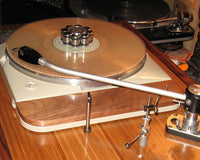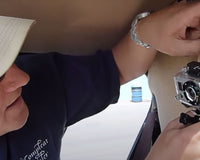There is a popular story that Sorbothane saved the Liberty Bell, one of the most iconic symbols of American independence. According to the story, the National Park Service was looking for a way to reduce the impact of vibrations on the Liberty Bell caused by nearby traffic and other environmental factors. They turned to Sorbothane for a solution.
The Liberty Bell is a large bronze bell that was cast in 1752 and is located in Philadelphia, Pennsylvania. The bell weighs more than 2,000 pounds and is suspended from a wooden yoke by a metal spindle. Over the years, the bell had been subjected to a variety of stresses, including being struck repeatedly with a clapper. The bell was also located near a busy street, which caused vibrations that were believed to be damaging to the bell.
In the 1990s, the National Park Service turned to Sorbothane for a solution to the problem of vibration. Sorbothane engineers designed a system of pads made from Sorbothane that could be placed under the bell to absorb the impact of vibrations. The pads were custom-designed to fit the unique shape and weight of the bell.
The Sorbothane pads were installed in 2002, and the results were impressive. The pads were able to reduce the impact of vibrations on the bell by more than 90 percent, which was enough to protect the bell from further damage. Today, the Liberty Bell is still located in its original location in Philadelphia and is protected by Sorbothane pads that continue to absorb the impact of vibrations.
While the story of Sorbothane saving the Liberty Bell may be slightly exaggerated, it is true that Sorbothane played an important role in protecting this important symbol of American history. The success of the Sorbothane solution has led to its use in a wide range of applications where vibration isolation and shock absorption are critical.










